How The Nutcracker became the most popular ballet in the world – and a holiday colossus
At dance companies around the world, ‘Nutcracker’ season is in full swing. Clémence Michallon speaks to dancers and critics about the show that has become a staple across countries and generations

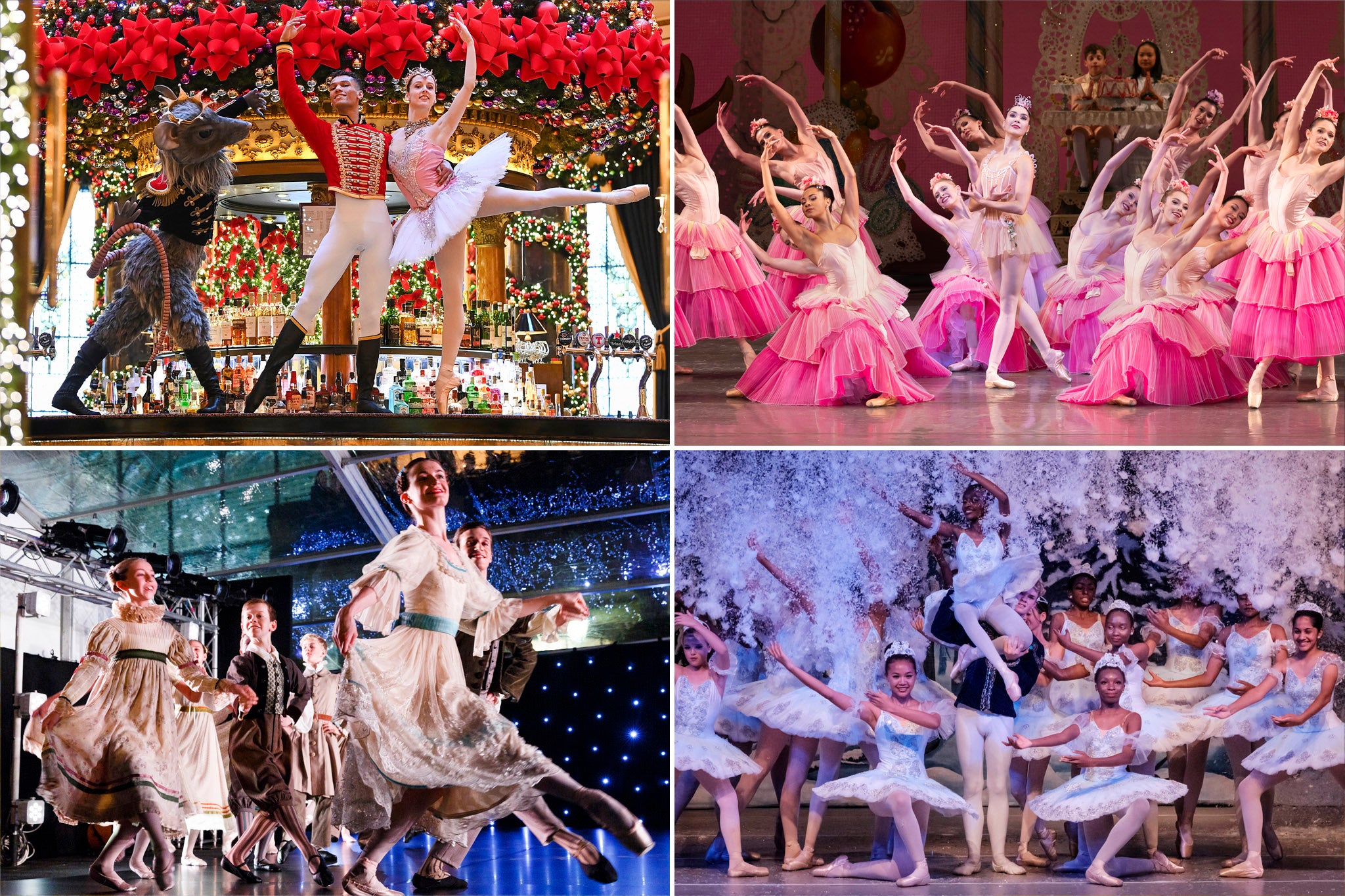
Your support helps us to tell the story
From reproductive rights to climate change to Big Tech, The Independent is on the ground when the story is developing. Whether it's investigating the financials of Elon Musk's pro-Trump PAC or producing our latest documentary, 'The A Word', which shines a light on the American women fighting for reproductive rights, we know how important it is to parse out the facts from the messaging.
At such a critical moment in US history, we need reporters on the ground. Your donation allows us to keep sending journalists to speak to both sides of the story.
The Independent is trusted by Americans across the entire political spectrum. And unlike many other quality news outlets, we choose not to lock Americans out of our reporting and analysis with paywalls. We believe quality journalism should be available to everyone, paid for by those who can afford it.
Your support makes all the difference.It’s Christmas Eve. A girl is given a wooden nutcracker. She falls asleep; suddenly, she’s transported into another world, where toys are as tall as humans, mice rebel against their king, and flowers are free to waltz. Every December, the story gets told anew: At dance companies around the world, Nutcracker season whirls in.
The Nutcracker is one of the most popular ballets in the world. It’s at the Royal Opera House in London, at the Joffrey in Chicago, at the Opéra Bastille in Paris. It’s at an untold number of smaller companies around the US and abroad. In New York City, more than 100,000 people each year attend New York City Ballet’s famed production of The Nutcracker, staged and choreographed by George Balanchine.
Some love The Nutcracker. Others are sick of it. Regardless, it endures. At City Ballet, it has been an annual event since 1954. Only Covid wiped it from the calendar in 2020 and partly in 2021.
“The Nutcracker is absolutely accessible to everybody,” Pulitzer winning dance critic Sarah Kaufman tells The Independent. “It’s family entertainment. But I think the number one reason why its popularity is so enduring is the music.”
You might love Balanchine’s Nutcracker, or you might prefer Peter Wright’s version at the Royal Opera House, or Alexei Ratmansky’s at American Ballet Theatre. Whichever you choose, you will hear Pyotr Ilyich Tchaikovsky’s score.
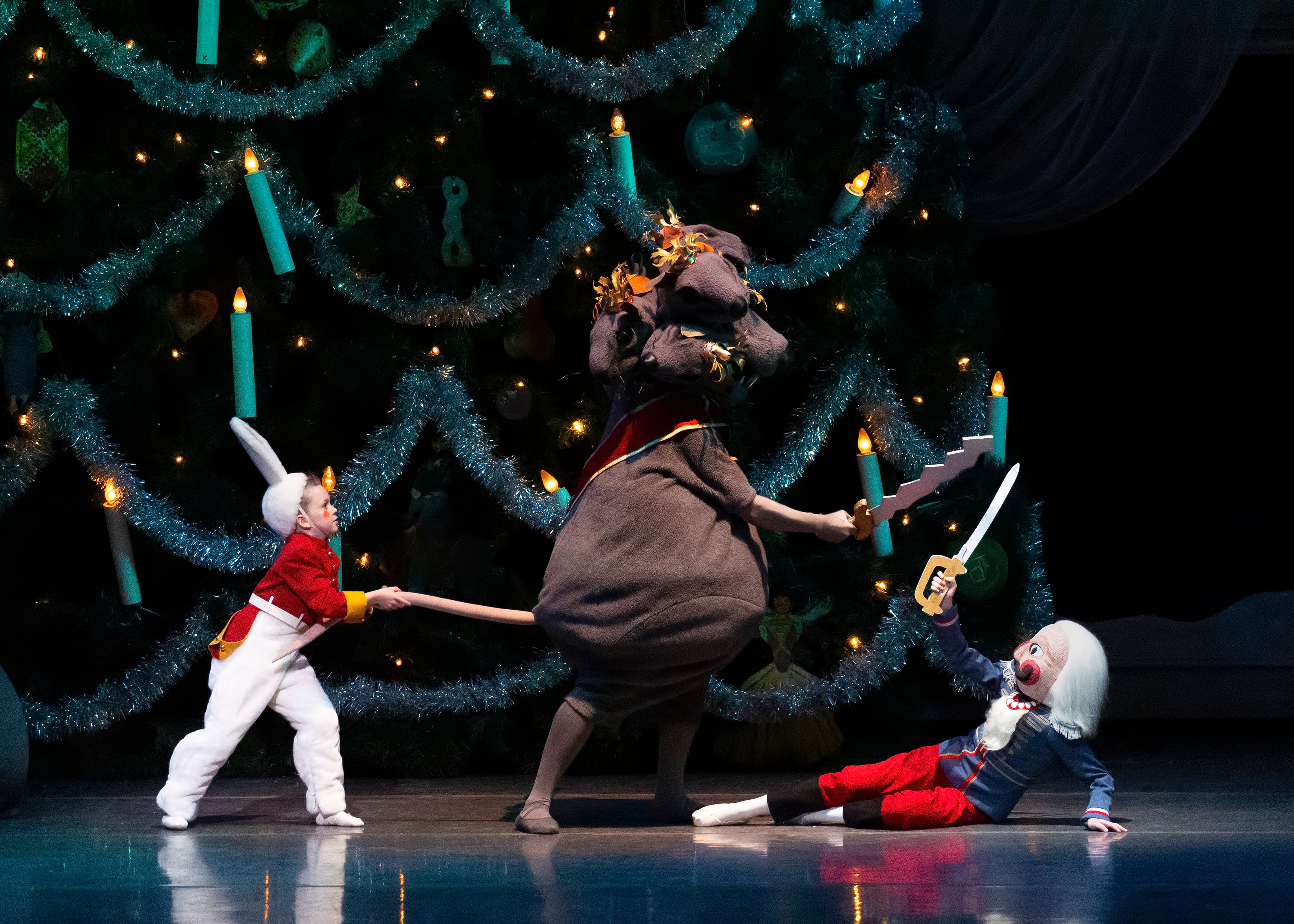
“It’s exquisite,” Kaufman says, pointing to the part, toward the end of the ballet, when the Sugarplum Fairy and her Cavalier dance a pas de deux. “It’s so full of emotion and longing and love and romance and everything that we’ve gone through as the audience in this ballet,” she says. “There are so many beautiful pieces of music, and tunes that will delight a child and are complex enough to interest adults.”
For Meg Howrey, a former dancer and author of the novel They’re Going To Love You, set in the dance world, The Nutcracker “was the perfect post-war ballet to introduce to American audiences: light, lavish, charming, with no dark or psychological undertones.”
“When Tchaikovsky wrote the music, he was in hit-making form, like a 19th-century Timbaland,” she says. “The attachment may have something to do with nostalgia. For innocence, for a break from cynicism or anxiety.”
Balanchine’s production, first staged at New York City Ballet, played an instrumental part in the ballet’s popular success, and in elevating it to the rank of holiday staple. “[You have] one of the great choreographers – certainly the most influential choreographer of the 20th century – creating a full-length ballet, which was unusual for Balanchine, to one of the most beautiful scores in ballet music. You're going to have something exquisite,” Kaufman says.
In a February 1964 review, dance critic Walter Terry, writing for the New York Herald Tribune, was clearly enthralled, highlighting the “magic” of the evening and Balanchine’s “choreographic genius”. The ballet, he wrote, was “a real spectacle, rich in excitement, impeccable in taste, and by all indications of audience response, a roaring hit”.
The Nutcracker’s popularity is a lifeline for many dance companies. At City Ballet, The Nutcracker’s six-week run accounts for 45 per cent of the company’s annual ticket sales—a number that is not unique to City Ballet, Kaufman says.
“Most ballet companies can’t exist without it,” she says. “It funds the rest of the year. [On top of ticket sales], there are the gift shops in the lobby selling Nutcracker cookie cutters and tree ornaments and all that kind of thing. It’s absolutely critical to the bottom line.”
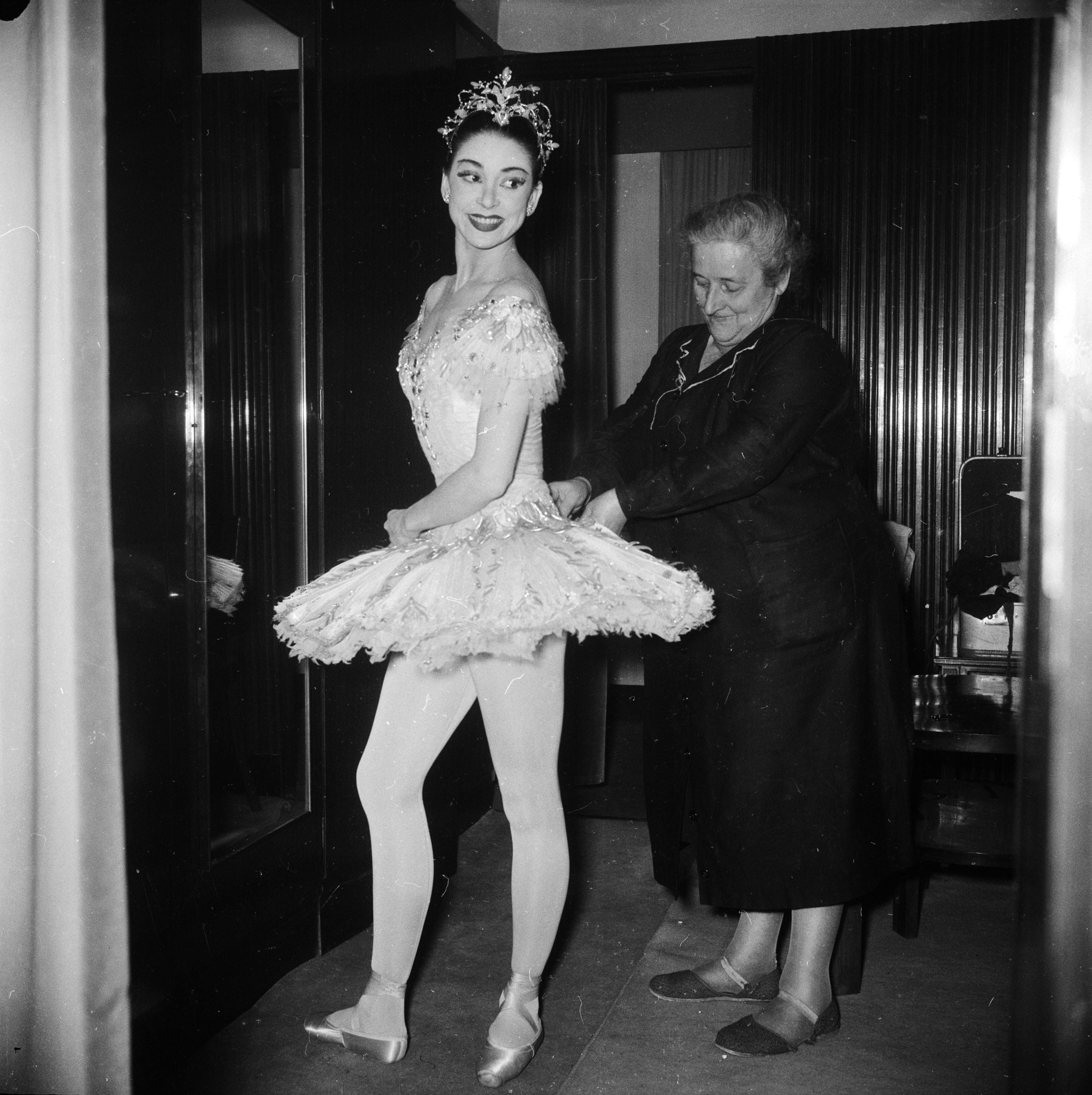
New York City Ballet’s spectacular production, which includes a one-ton, 41-foot Christmas tree that seems to grow out of the stage, costs around $140,000 per performance (including salaries for dancers, musicians, and technical personnel), according to Kina Poon, a City Ballet spokesperson. But not every production need be so spectacular. To Steve Sucato, a former dancer turned arts writer and critic, The Nutcracker is highly adaptable, which contributes to its ubiquity.
“It is a ballet that dance companies and schools from the largest cities to the smallest towns across the country can make their own,” Sucato, who has danced multiple parts in The Nutcracker and seen a wide array of Nutcracker productions, tells The Independent. “It is one of the few ballets where a child dancer can dance the lead role. For dance studios/schools, apart from the Sugar Plum and Cavalier, the ballet’s other roles can be filled by community performers and upper-level students of a dance studio or school.”
For dancers, The Nutcracker can provide crucial jobs. “Dancer salaries, even in major companies, are not high, and a lot of dancers hire themselves out as guest artists during Nutcracker season to do the lead roles in smaller companies,” Howrey says.
Once they become part of The Nutcracker, dancers often find that to be a strong bonding experience.
“The enthusiasm and delight of the little kids is sweet, you can have a little fun onstage during Act One, and there’s a lot of solidarity in getting through those thigh-burning corps de ballet parts,” Howrey adds. “It’s a great time for backstage jokes and supporting each other, like when someone is debuting a role, or has a cold, or something funny happened. Maybe it’s not the most profound experience, but it’s a gift to the audience, and a family affair for the dancers too.”
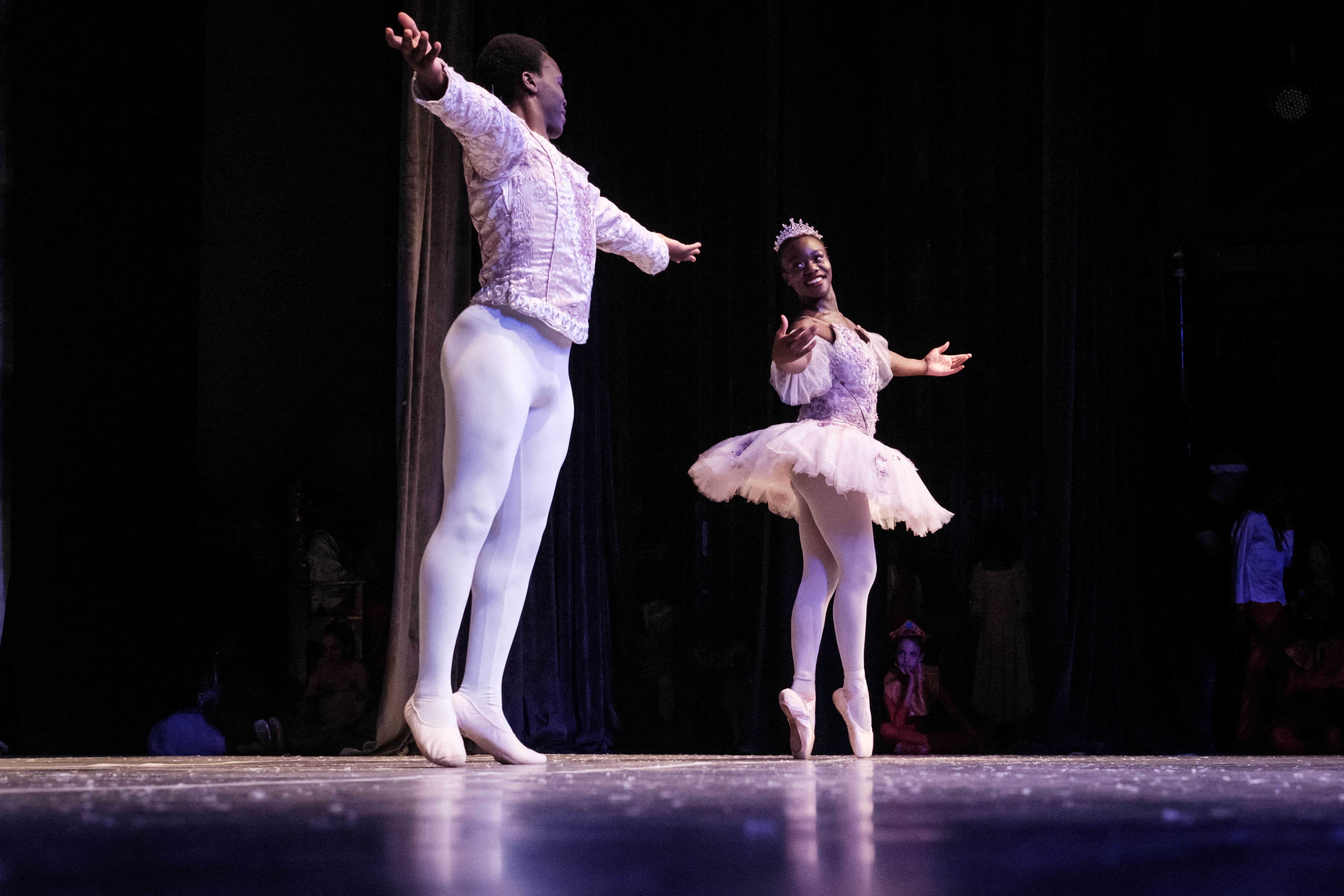
In 2017, Kaufman examined the dancers’ perspective on The Nutcracker. The resulting article, for The Washington Post was headlined “What’s it like to dance ‘The Nutcracker’? It’s a marathon of pain”, explored the tales of injuries, illnesses, and other challenges.
“Dancers tell me the exhaustion at the end of Nutcracker season is like nothing else,” Kaufman tells The Independent. “I’ve had dancers tell me that because of The Nutcracker, they were out for the next month and a half with an injury. Plus, they’re performing with little children. Every dancer has probably had the experience of a stomach virus going all through the cast.”
Still, The Nutcracker is such a mainstay that it might account for a large portion of the time a dancer spends on stage over the course of their career.
“That’s the upside of all the time spent doing The Nutcracker,” she says. “A dancer will get a lot of stage experience, and that can deepen and expand them as an artist.” Dancers have assured her, too, that the camaraderie is “the best part” of Nutcracker season.
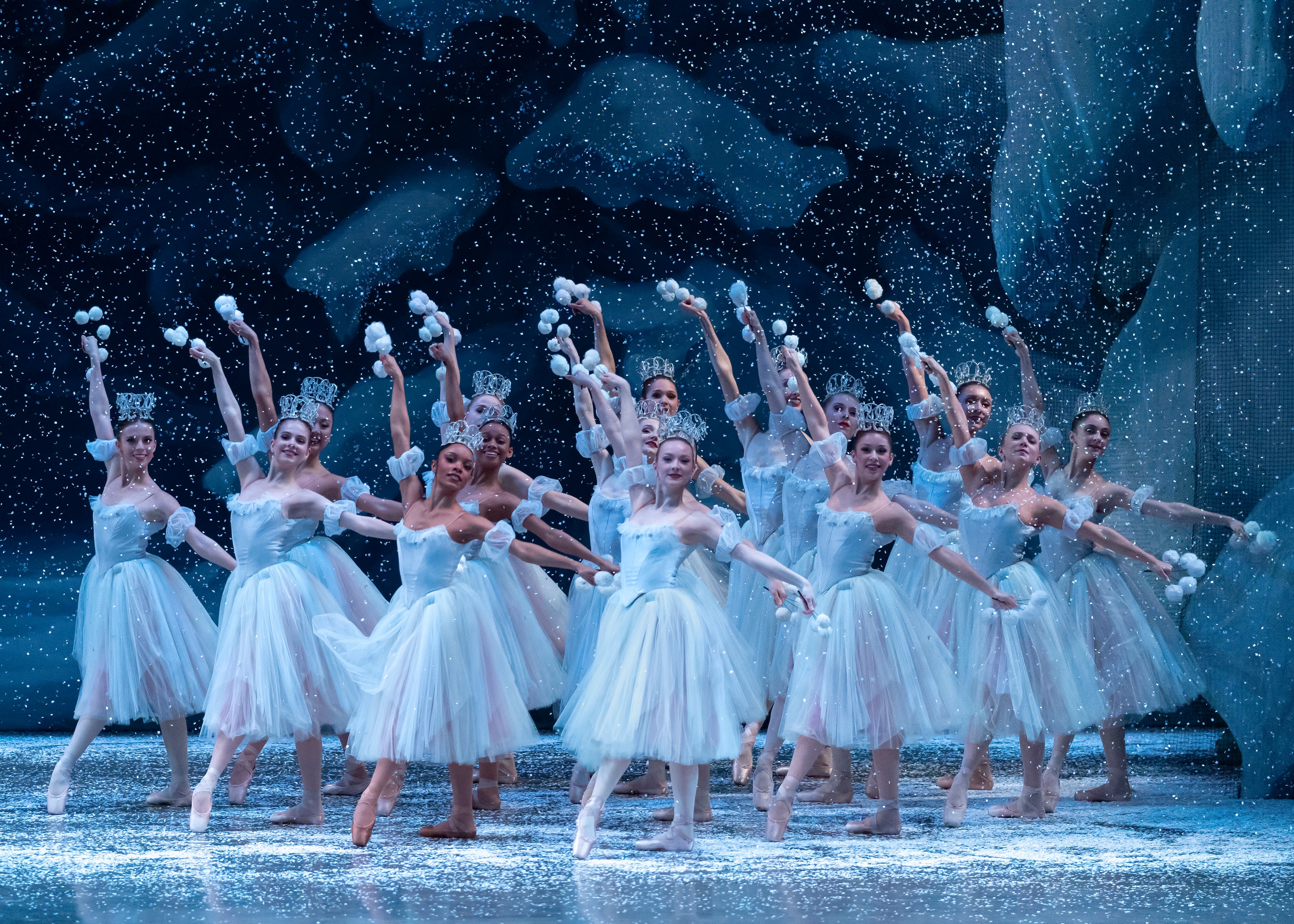
Kirsten Evans, a dancer and writer, just wrapped up 10 shows as the Sugarplum Fairy in New England. While she performed this role for almost a decade with a professional company, this time around, she danced as a guest artist.
“[As a guest artist], you are typically finding the time and motivation to rehearse yourself to prepare the role for the stage,” she says. “Then, you are traveling every week and constantly immersing yourself in a different version of the show with different choreography and energy.”
The Nutcracker was the first ballet Evans ever experienced, and, she says, the one that made her fall in love with the art form. It’s a dream come true to perform it, she says, and she is always honored to dance the part of the Sugarplum Fairy.
“It can be tough to do something so physically taxing, with long, strenuous working hours, while the rest of the world is relaxing into the holiday season,” she says. “But, it is also a gift. We are lucky to be able to spread the spirit of magic and wonder through movement. And the community that builds amongst dancers during the Nutcracker run is very special. There’s such a sense of accomplishment in coming out the other side of a long performance schedule like that.”
Even those who feel they’ve seen everything The Nutcracker has to offer sometimes gain a new appreciation for it. In 2020, Howrey shared a video of a version of the Waltz of the Snowflakes, a famous portion of The Nutcracker, staged by the dance collective Post:ballet.
“It was peak-Covid and they did it in a parking lot, in tennis shoes and tulle skirts, wearing masks, and the choreography by Robert Dekkers was so surprising and gorgeous,” she says. “I thought I had no interest in watching The Nutcracker because it’s not a ballet where there are any surprises and some of it feels trite. Also, I’m not interested in nostalgia. The thing is, if the ballet holds no surprises, individual dancers do. And new choreographers.”
Join our commenting forum
Join thought-provoking conversations, follow other Independent readers and see their replies
Comments